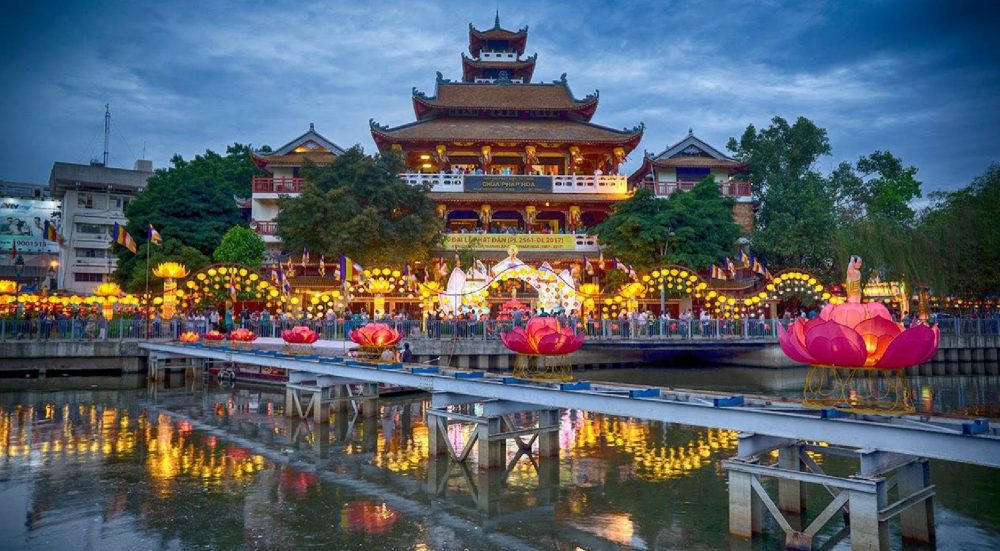LIST OF BEAUTIFUL PAGODAS IN HO CHI MINH CITY
Besides the famous tourist attractions, there are many beautiful and sacred temples to visit in Ho Chi Minh City. Do you know some of them? Today, VNTOURIST will offer you a list of beautiful pagodas in the city with impressive architectures, bringing many different civilizations!
1. Buu Long Pagoda
Buu Long Pagoda has a quite unique architecture, similar to the famous temples in Thailand, so the surrounding residents also call it “the Thai temple”. However, to some extent, the pagoda still bears the architecture, color of Vietnamese culture with carvings and sculptures on the majestic dragon walls, pillars, and gates.
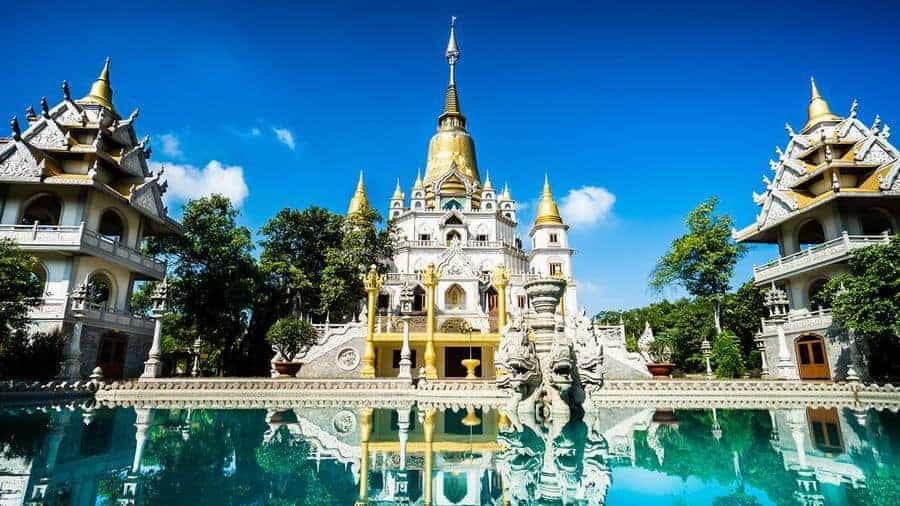
The highlight of the spiritual temple is the extremely unique Gotama Cetiya stupa. The stupa has a height of 56m with 4 surrounding towers and a total capacity of up to 2,000 people. Thanks to that, Gotama Cetiya stupa is now the largest stupa in Vietnam. The stupa has the dominant white color, combined with brilliant golden spire. The ingenious color combination contributes to create a magnificent look for this special architecture.
Address: Nguyen Xien, Long Binh, District 9, HCMC.
2. Jade Emperor Pagoda
The Jade Emperor Pagoda (also known as Phuoc Hai Tu Pagoda) was originally a place to worship of Jade Emperor built by Chinese in the period of 1892-1900, according to Chinese architecture. The pagoda was built of baked bricks, roofed with yin and yang tiles, and the corners were covered with colorful ceramic statues.
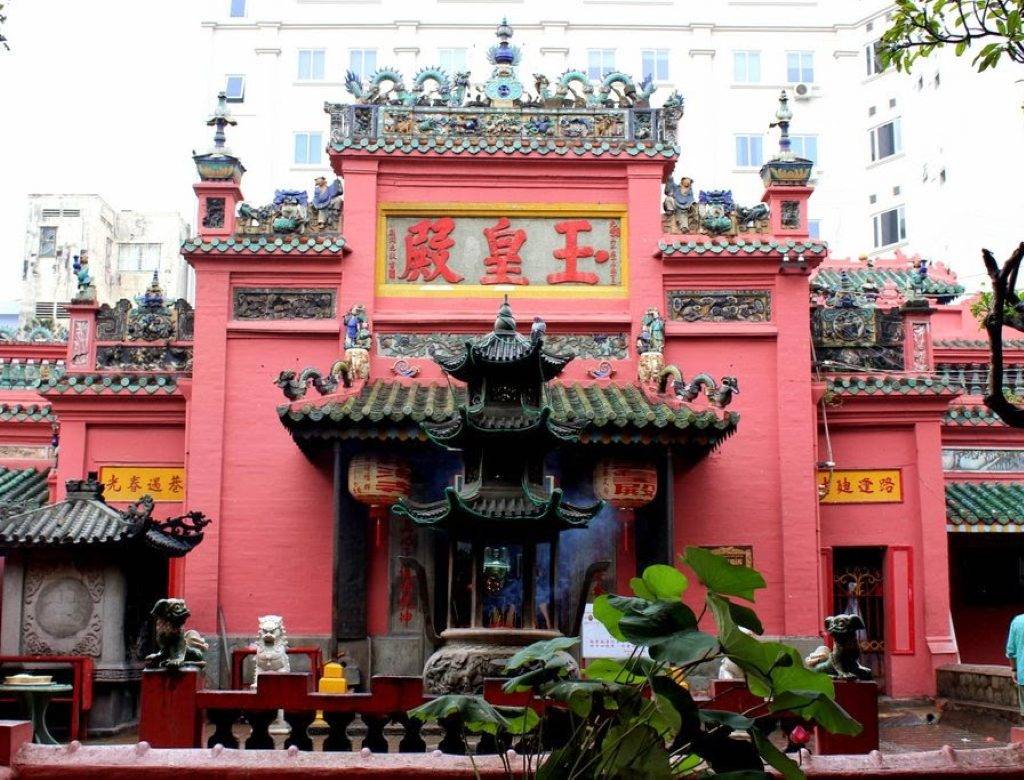
In the middle of the pagoda yard, there is an aquarium of about 50 square meters with many different types of fish, and on the right is a turtle tank so that visitors can come to pray and release turtles.
It is no coincidence that there are so many fish and turtles in the tanks. Just because many people believe that when they pray for something, they need to release the animal accordingly. For example, yellow carp for luck in business, catfish for health, birds to pray for the dead, and especially, turtles to pray for children. Looking at the crowded turtle pool and the shops selling turtles outside the pagoda gate, it is enough to know how sacred the pagoda is.
Address: 73 Mai Thi Luu Street, District 1, HCMC.
3. Khanh An Monastery
Although it is a Buddhist work in Vietnam, the whole monastery has a Japanese architectural style. With the unique Japanese design, the monastery is totally different from other pagodas in Ho Chi Minh City.
Normally, Vietnamese traditional pagodas will have the dominant yellow color. However, Khanh An Saigon monastery has a luxurious brown color, exuding noble quality but still very close. When the sun goes down, this place is extremely beautiful.
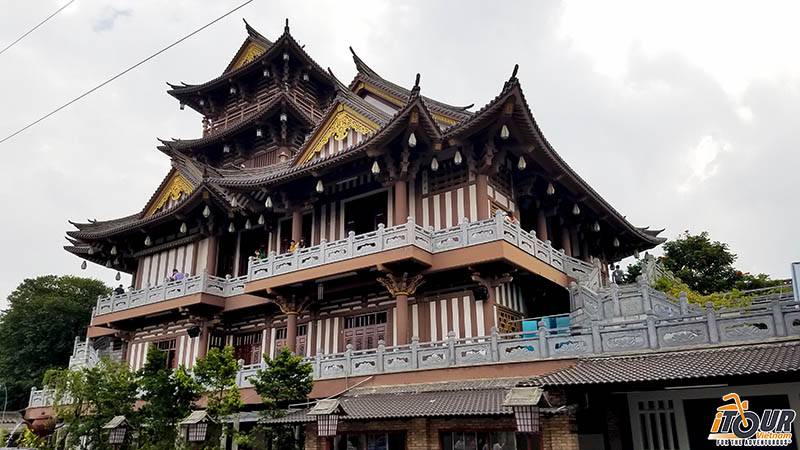
The apple of the monastery is a unique highlight of the curved arches straight towards the sky. Anyone who has ever been to a temple in Japan will find this architecture similar to the Buddhist works of the land of cherry blossoms. In addition, there are numerous wind chimes hang up everywhere to create melodious and bass sounds that can comfort your soul. You can visit the temple and park your vehicles for free. However, you should go on weekdays to avoid the crowds.
Address: No. 1055 / 3D, Highway I, P. An Phu Dong, District 12, HCMC.
4. Ba Thien Hau Pagoda
Ba Thien Hau Pagoda, also Ba Lon Temple, was built in 1760. This is also one of the oldest temples of the Chinese in Vietnam. In addition to the value of architectural art and ancient artifacts, this is also a place to meet religious needs of Vietnamese-Chinese residents.
Because it is a Chinese work, the design of Ba Thien Hau pagoda also features the characteristics of Chinese architecture with 4 connected houses. The highlight is the unique incense rings hanging on the air. Visitors can buy one and write their wishes on paper, then hang up to pray.
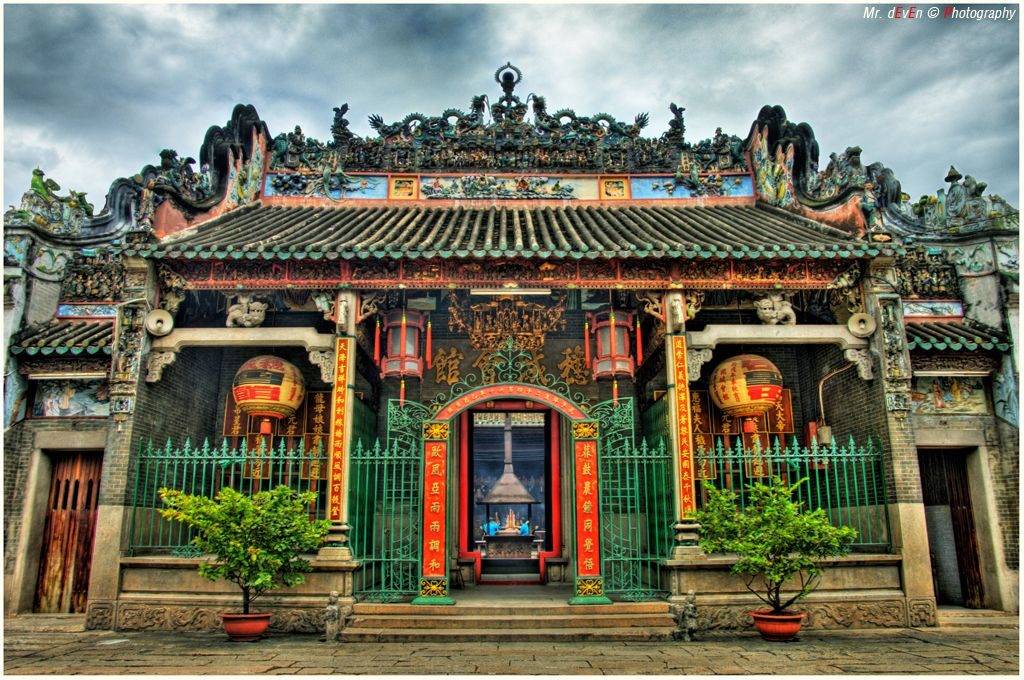
Coming here, visitors will be impressed by the quietness of the pagoda. Everything is tinted with time, making the space even more tranquil. Stepping through the small gate, you can feel like you get lost in a mysterious yet familiar space. In the middle, there is a skylight that both allows light and allows incense to release.
Address: 710 Nguyen Trai, District 5, HCMC.
5. Xa Loi Pagoda
This is one of the first temples in Ho Chi Minh City built completely new architectural style. The upper part is the hallway and the lower part is the lecture hall. Besides, the pagoda is a historical evidence of the Buddhist struggle against the dictatorship of Ngo Dinh Diem when discriminating and oppressing religion.
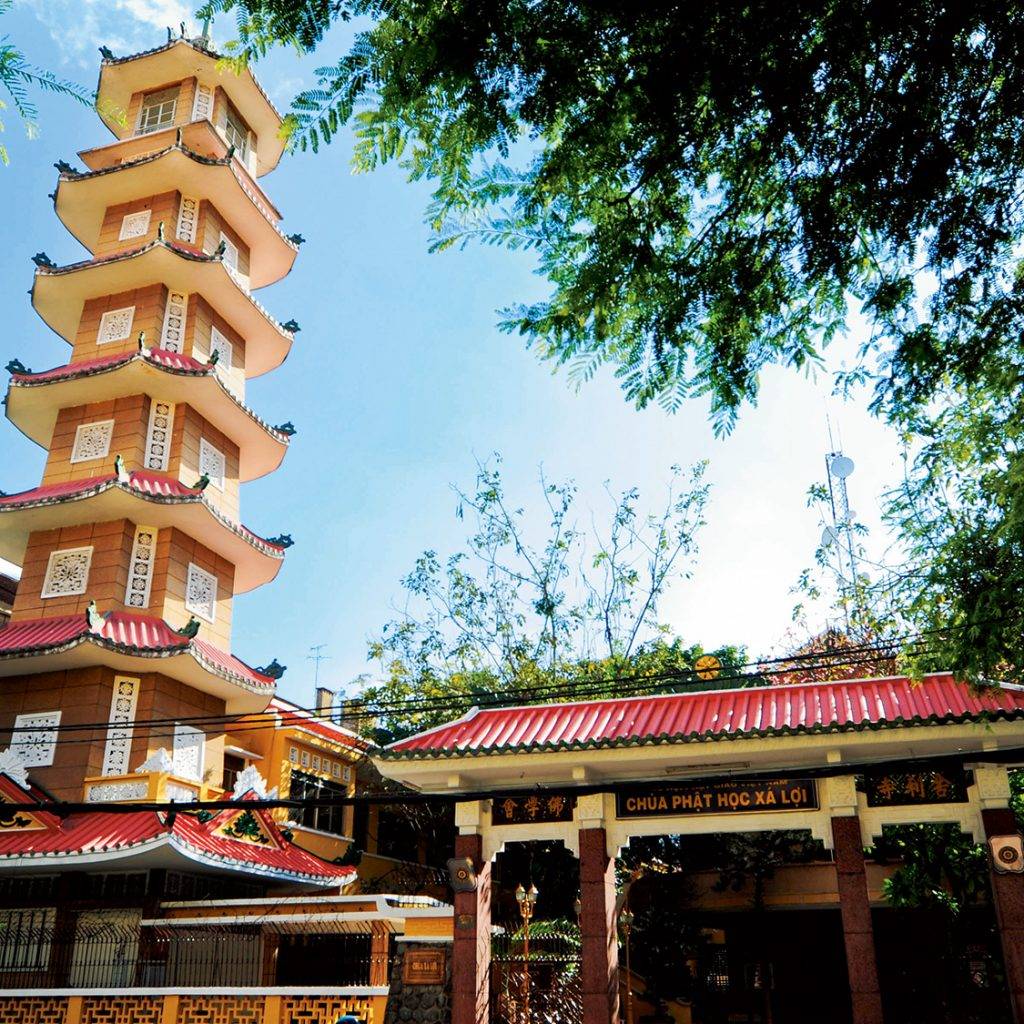
Around the main hall, there are 14 sets of paintings depicting the history of Buddha’s life from birth to Nirvana. These paintings are painted with gouache paint material so they are very lively and look like they are embossed. In particular, on the main hall of the temple there is a jade tower, Bodhi leaf. This is the place containing the relics of Buddha Shakyamuni, which is why so many tourists come to visit this temple.
Address: 89 Ba Huyen Thanh Quan – Ward 7 – District 3 – HCMC
6. Vietnam National Pagoda (Viet Nam Quoc Tu)
Viet Nam Quoc Tu is the largest pagoda in Ho Chi Minh City which is extremely famous for its pure space and outstanding architecture. The pagoda design was according to the ancient pagoda architecture in the North with the main yellow color and red-brown tile roof. The roof of the pagoda features many floors, while the rooftop is sculpted with delicate dragon head.
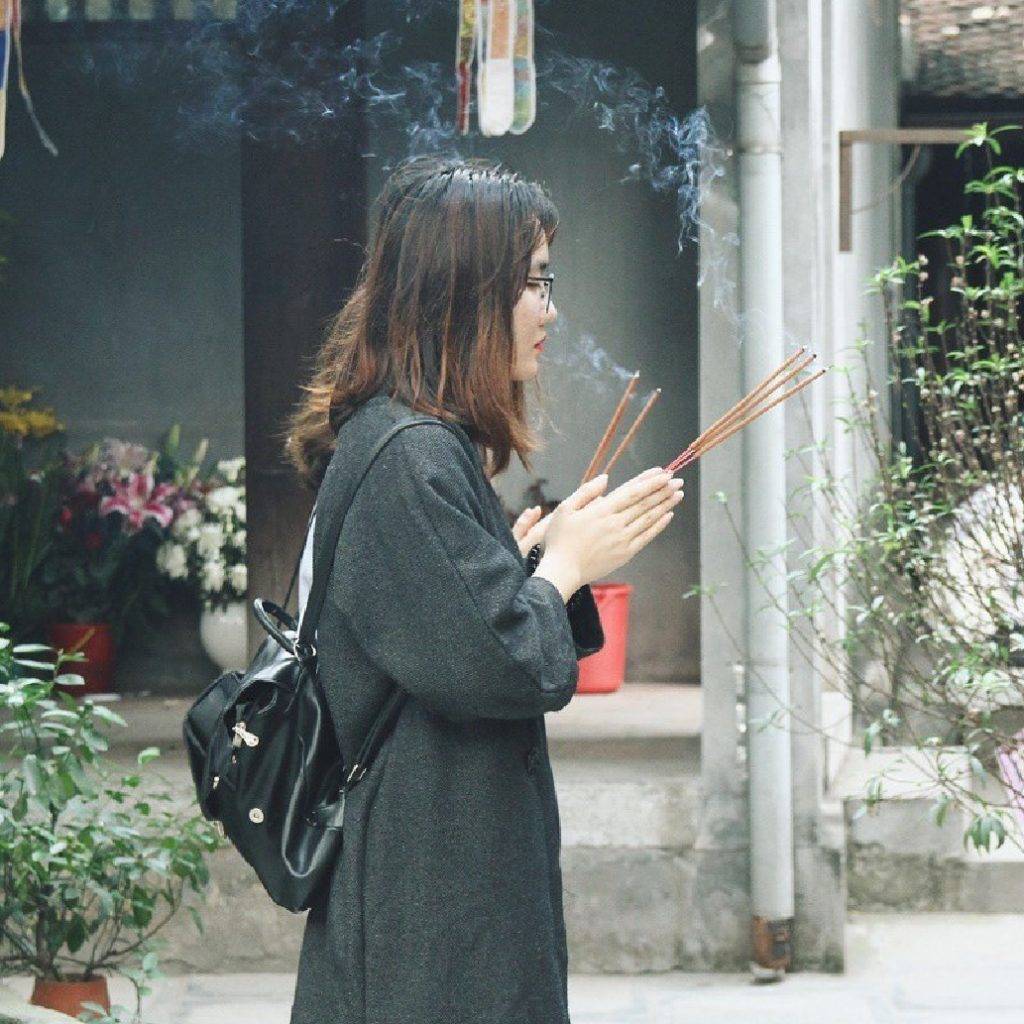
In terms of stupa architecture, the tower is 63 meters high and has 13 floors because it is a religious construction commemorating the non-violent struggle for religious equality of Buddhism in 1963. 13-storey stupa symbolizes the unity of 13 organizations, associations and sects participating in the non-violent struggle at that time. The completed stupa will be a display the documents about that historical struggle.
Address: 244 Ba Thang Hai Street, District 10, HCMC.
